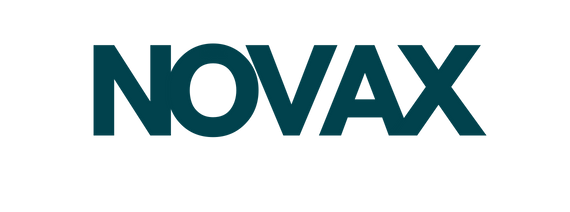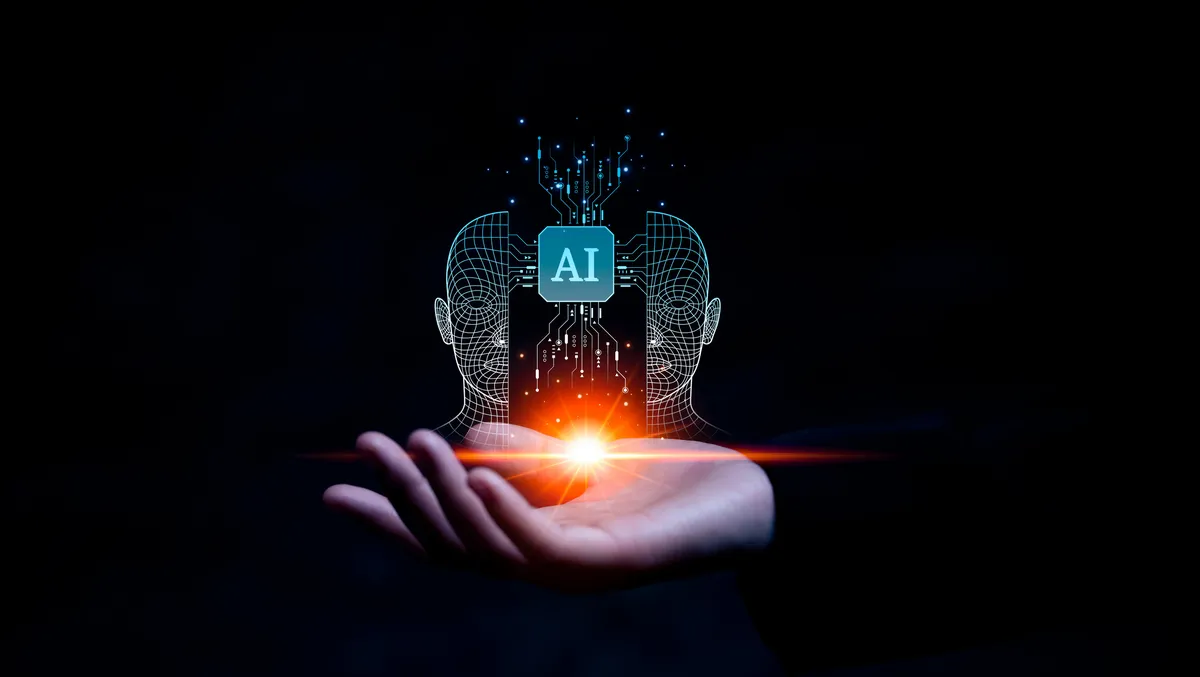Artificial Intelligence will not replace us; however, companies that effectively leverage AI will undoubtedly surpass those that do not.
Below are five key points elucidating the reasons for this trend.
Customer Service
In the future, your competitors will provide 24/7 instant customer support through AI chatbots. As technology continues to improve, tech support will become increasingly effective. Currently, you are confined to business hours with delayed responses. Naturally, customers will gravitate towards your competitors who can offer immediate assistance.Marketing Precision
Your competitor leverages AI to effectively target ideal audiences by utilizing extensive data derived from their vast marketing experience. In contrast, you are still relying on guesswork and broad targeting methods. This is the reason you’re facing high marketing costs and experiencing low conversion rates.Operational Efficiency
Your competitor is already leveraging AI to manage repetitive tasks, freeing up valuable time for their employees, such as filling out forms. Meanwhile, your team is likely feeling overwhelmed by manual, time-consuming processes. This can lead to high turnover rates and increased operational costs within your company, unlike your competitor. As AI technology continues to advance, this gap will only widen.Data-Driven Decisions
AI analyzes all data patterns for your business, including sales, inventory, human resources, pricing, and even marketing. Yet, you continue to make decisions based solely on your own experience. Businesses that rely on data typically experience a lower error rate and save on costs.Personalization at Scale
AI enables you to offer more personalized services or solutions to your customers, rather than relying on a one-size-fits-all approach. This is crucial, as a lack of personalization often leads to lower customer satisfaction and loyalty.In the next 2-3 years, small and medium-sized enterprises (SMEs) that adopt AI will experience:
- A reduction in operational costs by 30-40%
- Customer response times that are 50% faster
- An increase in customer retention rates by 25%
- Marketing spending that is 40% more efficient



